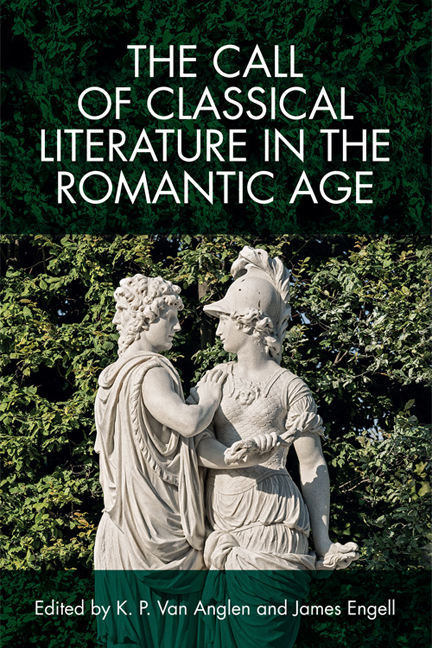1 - William Gilpin: A Classical Eye for the Picturesque
Published online by Cambridge University Press: 06 May 2021
Summary
William Gilpin is an oddity among the aesthetic philosophers of the eighteenth century. He can scarcely be called a philosopher, even in the eighteenth century's broader sense, when placed beside Shaftesbury, Burke, or Kant. His works belong in a much more comfortable lower realm, of the travelogue and the light essay. Yet William Gilpin defined a set of principles and effects combined under the name of “the Picturesque.” Developing his ideas fully in later middle age, he recreated a term that found a permanent footing. His “Picturesque” is both what we might call an aesthetic ideal and an ideological principle—or set of principles. In arriving at his own formulation Gilpin finds it necessary to avoid heavy-handed classical allusions of the sort the young Gilpin finds overtly expressed in the visual allegories of Stowe. Yet to endorse the value of his maturing notion of “the Picturesque” Gilpin must announce the qualifications of his mind in repeated (if somewhat unobtrusive) classical references. Such references, customarily untranslated, ascertain his masculinity and privileged authority as he develops an aesthetic unusually based on sensibility, and unusually wary of the Burkean and masculine Sublime.
Gilpin was born in Cumberland in 1724. His birthplace explains his unusually high praise for the superiority of northern scenery, though by the time his thought was fully unfurled, English tourists were already discovering the beauties of the Lake District. William's father and younger brother were both artists, but Gilpin went into the Church, with apparently all the seriousness of which the Augustan age is sometimes mistakenly thought incapable. Taking his B.A. in 1744 and his M.A. in 1748, he was ordained; most of his working life, however, was spent as master of a boy's school, not as a parish clergyman. He had leisure for writing and some travel. The middle years were productive, but his attention as a writer was focused on the lives of major English Protestant heroes: Latimer in 1755, Wycliffe in 1765, and Cranmer in 1784.
About the time he proceeded M.A., Gilpin undertook a modest excursion; like many other tourists he went to see the famous gardens at Stowe. This site, inevitably mentioned in the history of landscape gardening, offers the visitor an almost aggressively programmatic sequence of experiences, designed specifically to create certain forms of delight and moral-political response.
- Type
- Chapter
- Information
- The Call of Classical Literature in the Romantic Age , pp. 35 - 52Publisher: Edinburgh University PressPrint publication year: 2017

